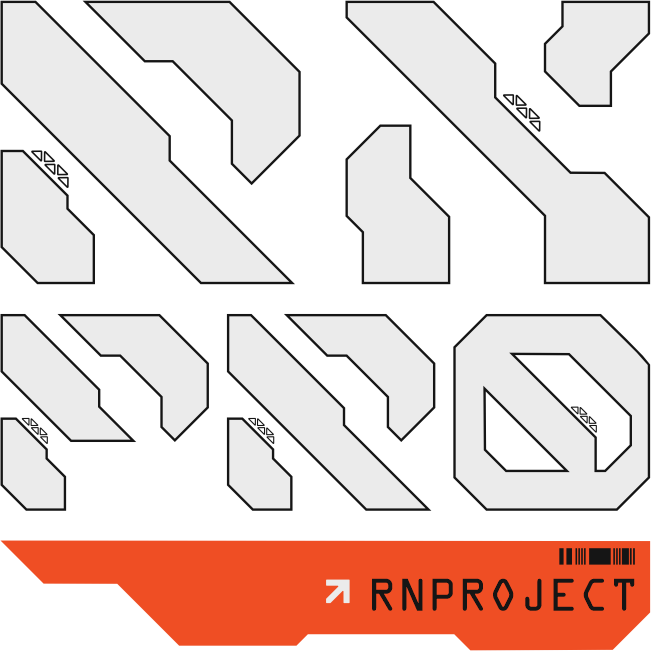It reports the value of a business’s assets that are currently cash or can be converted into cash within a short period of time, commonly 90 days. Cash and cash equivalents include currency, petty cash, bank accounts, and other highly liquid, short-term investments. Examples of cash equivalents include commercial paper, Treasury bills, and short-term government bonds with a maturity of three months or less. Investing activities include any sources and uses of cash from a company’s investments. Purchases or sales of assets, loans made to vendors or received from customers, or any payments related to mergers and acquisitions (M&A) are included in this category.
- Final categorization of income and expenses for tax purposes is your responsibility.
- 11 Financial may only transact business in those states in which it is registered, or qualifies for an exemption or exclusion from registration requirements.
- So, it naturally follows that investors, creditors, and other interested parties would want to know as much as possible about a company’s cash receipts and cash payments.
- This is because terms of sales and purchases may differ from company to company.
- If something has been paid off, then the difference in the value owed from one year to the next has to be subtracted from net income.
How to create a cash flow statement
7 Lili AI and other reports related to income and expense provided by Lili can be used to assist with your accounting. Final categorization of income and expenses for tax purposes is your responsibility. Lili is not a tax preparer and does not provide tax, legal or accounting advice. You should consult your own tax, legal and accounting advisors regarding your specific situation.
What are the objectives of the cash flow statement?
The first step in preparing a cash flow statement is determining the starting balance of cash and cash equivalents at the beginning of the reporting period. This value can be found on the income statement of the same accounting period. Business owners, managers, and company stakeholders use cash flow statements to better understand their companies’ value and overall health and guide financial decision-making. Regardless of your position, learning how to create and interpret financial statements can empower you to understand your company’s inner workings and contribute to its future success. The main components of a cash flow statement are cash flows from operating activities, investing activities, and financing activities. Cash and cash equivalents are consolidated into a single line item on a company’s balance sheet.
Part 2: Your Current Nest Egg
But they only factor into determining the operating activities section of the CFS. As such, net earnings have nothing to do with the investing https://www.quick-bookkeeping.net/ or financial activities sections of the CFS. Cash flow statements are one of the three fundamental financial statements financial leaders use.
Now that we’ve got a sense of what a statement of cash flows does and, broadly, how it’s created, let’s check out an example. On top of that, if you plan on securing a loan or line of credit, you’ll need up-to-date cash flow statements to apply. From this CFS, we can see that the net cash flow for the 2017 fiscal year was $1,522,000.
The purpose of a statement of cash flows is to detail incoming and outgoing cash flows for a specific reporting period, categorized according to operating, investing, and financing activities. Using the indirect method, actual cash inflows and 6 ways to write off your car expenses outflows do not have to be known. The indirect method begins with net income or loss from the income statement, then modifies the figure using balance sheet account increases and decreases, to compute implicit cash inflows and outflows.
Assessing cash flows is essential for evaluating a company’s liquidity, flexibility, and overall financial performance. A secondary objective of the statement of cash flows is to provide information about the financing and investing activities of a business. Cash flow statements display the beginning and ending cash balances over a specific time period and points out where the changes came from (i.e operating activities, investing cash flow statement indirect method activities, and financing activities). The cash flows from operating activities section provides information on the cash flows from the company’s operations (buying and selling of goods, providing services, etc.). With the most likely used indirect method, the starting point of this section is the company’s net income. It is followed with adjustments to convert the amount of net income from the accrual method to the cash amount.
Under Cash Flow from Investing Activities, we reverse those investments, removing the cash on hand. They have cash value, but they aren’t the same as cash—and the only asset we’re interested in, in this context, is currency. However, you’ve already paid cash for the asset you’re depreciating; you record it on a monthly basis in order to see how much it costs you to have https://www.quick-bookkeeping.net/tax-extension-form-4868-efile-it-free-by-april-18/ the asset each month over the course of its useful life. These figures can also be calculated by using the beginning and ending balances of a variety of asset and liability accounts and examining the net decrease or increase in the accounts. Next, our company’s long-term debt balance was assumed to be $80m, which is decreased by the mandatory debt amortization of $5m.
